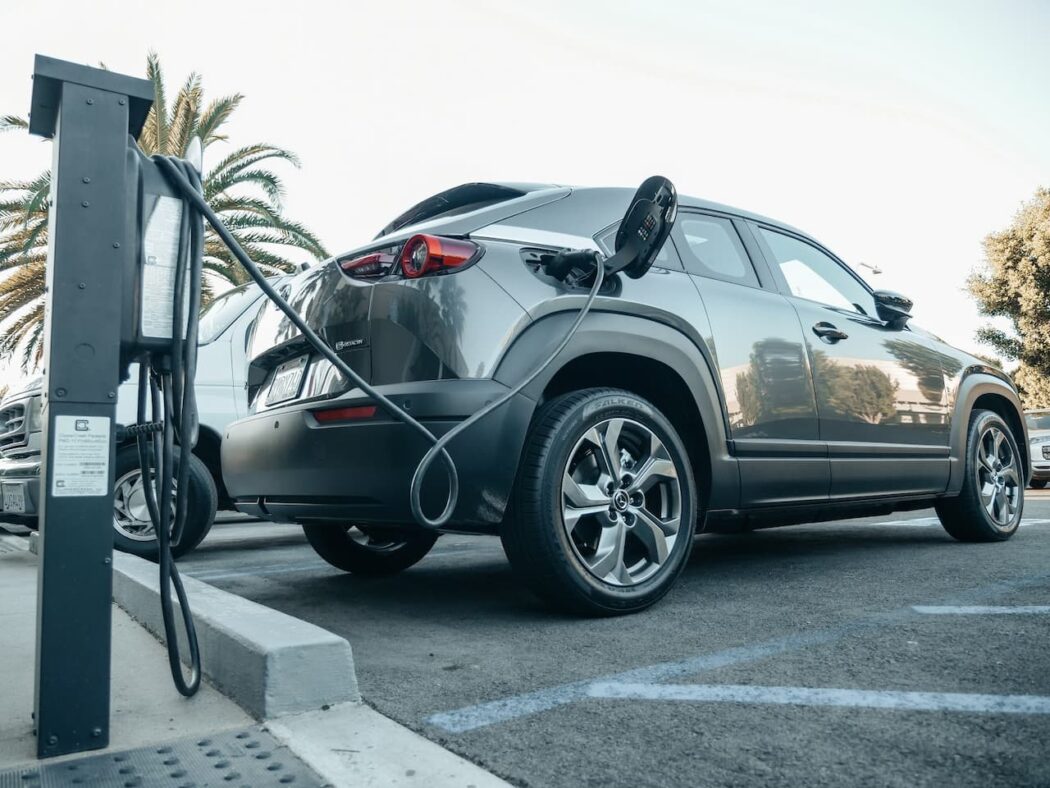How Battery Leasing Could Make Electric Vehicles Very Affordable
When it comes to adoption of electric vehicles, there are still a lot of barriers. While they may be cheaper to own in the long run and better for the environment, they’re also more expensive upfront, can have prohibitive range anxiety, and a majority of consumers just aren’t sold on them yet. In fact, electric vehicle sales only make up about 1% of the new car market. So what would it take to get these EVs over that adoption hump?
A lot of companies are turning to leasing programs and car subscription services as a way to make buying an EV much more affordable for the average consumer. The lease vs buy debate is contentious among car enthusiasts. Some say you should always buy your car and not lease it. Others say leasing is always the best option.
Somewhere in between those two positions is probably where most people land when considering whether or not leasing is right for them; it depends on your personal situation and preferences.
What is the point?
A car battery that is expected to last for 10 years, might only last for 1 or 2 years on a very high-mileage car, such as an electric car that travels 15000 miles a year. One could consider leasing a battery instead of leasing a car. A battery has several advantages over a car: A battery can be replaced, so it does not have to be scrapped. A battery can be re-used. A battery is a smaller and more standardized item than a car and can more easily be transported. A battery is cheaper than a car.
Get your laptop, desktop, monitor screen, and laptop hardware repaired quickly and at the most affordable computer repair prices. We offer competitive rates for our laptop repair services, so you can get your computer repaired without breaking the bank.
The EV battery replacement cost is a significant part of the cost of an EV.

People are often surprised at how expensive batteries are. The batteries in an electric car are responsible for a lot more than just powering the car. They also power the car’s air conditioning, lights, computer systems, and any other electronics that are inside the car.
This means that if an electric car’s battery is old or is experiencing a lot of wear and tear, the car’s systems could fail unexpectedly. The battery could also just not charge as well, leading to a lot of frustrating “range anxiety” moments for the driver.
Because of all this, the average electric car battery only lasts about 8–10 years. And when it does die, it’s not like you can just replace it with a new one. Batteries for EVs are very specialized and designed for very specific conditions. When they’re dead, they’re totally useless, and you have to get a whole new battery. And since batteries are so expensive and the average car battery costs between $10,000 and $20,000, replacing an EV battery can be a huge expense, especially if you buy an electric car that has an average battery life of just 5 to 10 years.
Batteries wear out
Every battery will eventually deteriorate and lose capacity. This is a fact of life, even for those fancy “fault-tolerant” batteries. There are two common types of wear that happen: Cycling – The number of charge cycles is the most important factor in determining battery life. Each time a battery is charged, some of its chemical energy is expended. Thus, an electric vehicle battery is cycled many more times than an application where the battery is only occasionally discharged. Sulfation – A battery will sulfate if it is left discharged for long periods of time.
For example, if an electric vehicle is left unplugged for a week or two without driving long enough to make the battery “almost empty”, it is possible for the battery to become totally sulfated. If this happens, the battery will have to be replaced.
Problems of recycling worn-out batteries
When a battery is dead, it cannot be recharged. Instead it has to be disposed of properly. What exactly this means depends on the battery technology. For example, nickel-cadmium batteries can be a health hazard if they are not disposed of properly. Very few people will know how to recycle them. Lithium-ion batteries are much safer to use and to recycle. However, they cost more.
If there are large numbers of EVs on the road, then the cost of recycling these batteries will increase. Because most of the batteries will have come to the end of their usable life, the price for recycling them will be higher.
These services are already on the market
Ride-sharing operators like Lyft, Uber and Via are expanding their offerings to include a subscription model.
The “Go” service from Lyft offers a short-term electric car rental. Customers can rent a car for as little as $39 a week.
Car companies themselves are also getting into the subscription game. GM’s “Car-sharing subscription” is called “Carplay”. It’s available in Boston and Chicago, and costs $495 a month.
Tesla’s “Autopilot” program allows you to lease a new Tesla every 36 months. However, it only offers the lower-end model S and X.
Conclusion
The world is facing an energy crisis — one that’s not only economic or political, but also environmental. Technology has advanced at a pace that has left government policy in the dust.
But, with the rise of electric vehicles and other innovative energy solutions, the tides are turning. For example, battery leasing is one way that companies can help customers get past the initial barrier of high upfront costs. And as electric vehicles and other innovative energy solutions gain popularity, governments will have no choice but to follow suit.
